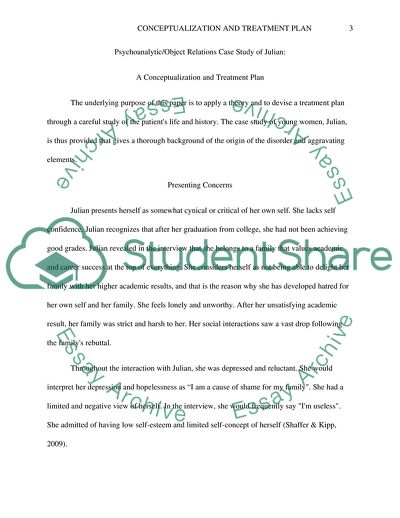Cite this document
(Conceptualization and Treatment Plan Case Study Example | Topics and Well Written Essays - 2500 words, n.d.)
Conceptualization and Treatment Plan Case Study Example | Topics and Well Written Essays - 2500 words. https://studentshare.org/psychology/1794116-conceptualization-and-treatment-plan
Conceptualization and Treatment Plan Case Study Example | Topics and Well Written Essays - 2500 words. https://studentshare.org/psychology/1794116-conceptualization-and-treatment-plan
(Conceptualization and Treatment Plan Case Study Example | Topics and Well Written Essays - 2500 Words)
Conceptualization and Treatment Plan Case Study Example | Topics and Well Written Essays - 2500 Words. https://studentshare.org/psychology/1794116-conceptualization-and-treatment-plan.
Conceptualization and Treatment Plan Case Study Example | Topics and Well Written Essays - 2500 Words. https://studentshare.org/psychology/1794116-conceptualization-and-treatment-plan.
“Conceptualization and Treatment Plan Case Study Example | Topics and Well Written Essays - 2500 Words”. https://studentshare.org/psychology/1794116-conceptualization-and-treatment-plan.


